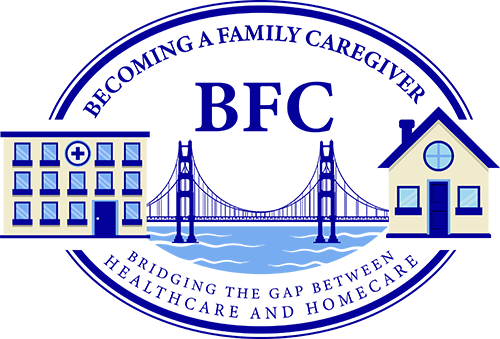Giving Medications
Video Demonstrations of Medication Administration Techniques –YouTube Video Resources Knowing how to give medications correctly is essential knowledge for every caregiver. Most of us think we know all we need to know about giving medicine because we have been taking it all our lives, but when you start caregiving, you find that’s not true. As […]
Giving Medications Read More »







